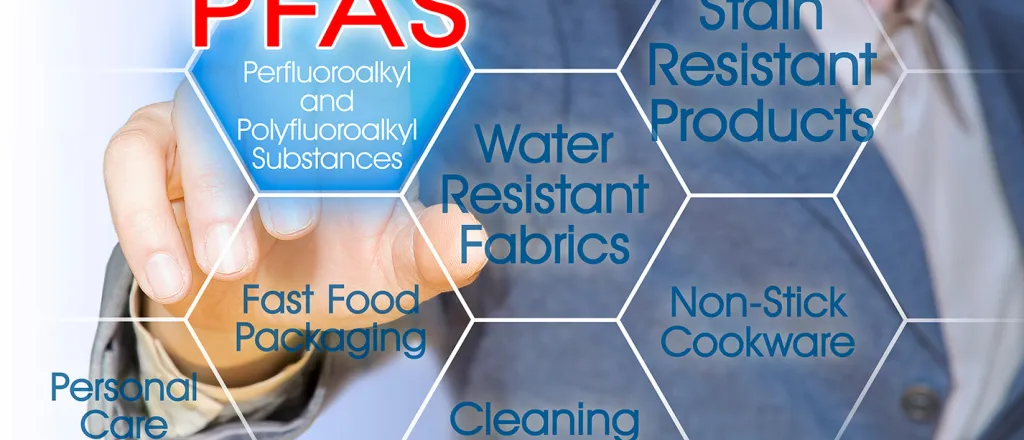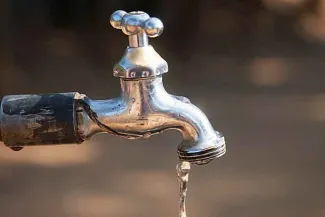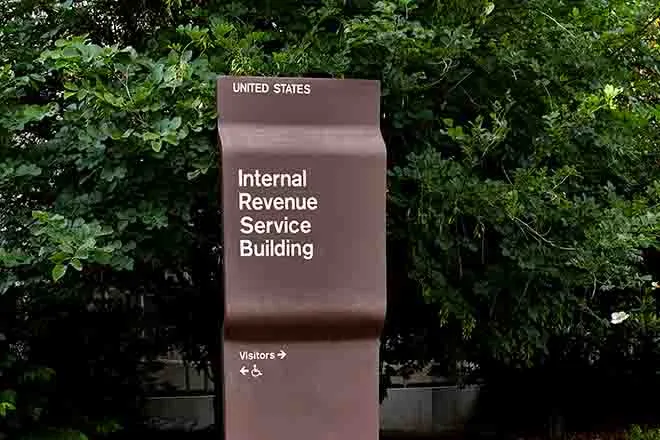
EPA finalizes national standard for PFAS in drinking water
Click play to listen to this article.
(Minnesota News Connection) Minnesota is the site of a high-profile drinking-water contamination case linked with so-called forever chemicals and advocates are hopeful residents will be protected in the future by a new national standard announced Wednesday.
The Environmental Protection Agency unveiled a final rule which, for the first time, sets a legally enforceable drinking-water benchmark for PFAS chemicals all states will have to follow. Scientists have been highlighting health risks with more detection of PFAS in everyday products and water sources.

© iStock - Molina86
Avonna Starck, state director for Clean Water Action, said requiring near-zero levels sends a strong message.
"We've been hearing from polluters that it's too hard, it's too expensive, it's not feasible to stop using these chemicals," Starck pointed out. "This standard really said, 'No, actually this is something that we're gonna do, this is something that we can do.'"
There is some concern from operators of public water systems, who fret about costs to update facilities. However, officials noted there is federal funding to help with the transition. Minnesota recently adopted its own PFAS law, which emphasizes product bans, following a 2018 settlement with manufacturer 3M over claims its production of PFAS chemicals damaged drinking water and natural resources.
The subsequent state law was named in honor of Amara Strande, who died last year from cancer her family believes is linked to the toxic chemical waste from 3M. Her sister Nora said the new federal standard for drinking water is welcome news.
"PFAS is in the air, it's in the water, it's in our products, it's in our land," Strande outlined. "We need to work on this on multiple levels."
Under the new rule, the EPA estimated between 6 percent and 10 percent of 66,000 public drinking water systems around the U.S. may have to take action to reduce PFAS. All of them have three years to complete initial monitoring. If levels exceed the new standards, the systems must take corrective action within five years.
















